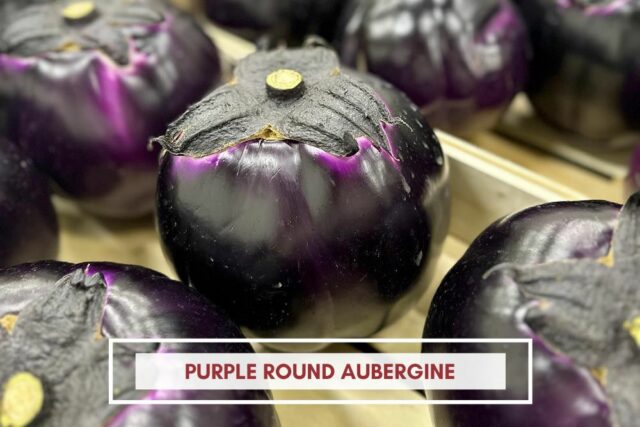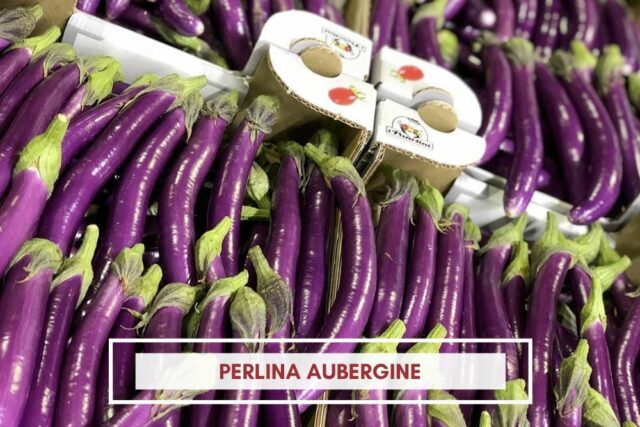- Home
- Aubergines
- Black aubergines
Black aubergines
The black eggplant is a highly valued vegetable in Mediterranean cuisine and beyond, known for its dark purple, almost black color, and a shape that can range from spherical to oblong. Its glossy skin conceals a white, spongy, and dense flesh, with small, edible seeds.
This type of eggplant is appreciated for its delicate and slightly smoky flavor, which is further enriched when the eggplant is cooked. The black eggplant lends itself to a wide range of culinary preparations: it can be grilled, fried, baked, or used in stews and sauces. It is the main ingredient in classic dishes such as eggplant parmigiana, caponata, and ratatouille.
Rich in fiber, potassium, and antioxidants, the black eggplant is also valued for its nutritional properties.
- Description
Description
In the kitchen, especially in a high-quality restaurant, the black eggplant offers a wide range of culinary possibilities thanks to its versatility, rich flavor, and texture that adapts to multiple cooking techniques. Here are some Italian and foreign recipes where the black eggplant can be the star:
- Eggplant parmigiana: a classic of Italian cuisine, where slices of eggplant are breaded and fried, then layered with tomato sauce, mozzarella, and basil, and finally baked in the oven.
- Caponata: a Sicilian side dish made of eggplants, celery, olives, and capers in a sweet and sour sauce, great to serve as an appetizer or side dish.
- Baba ganoush: a Middle Eastern spread made from roasted eggplants, tahini, garlic, lemon juice, and herbs, perfect to be served with pita bread or raw vegetables.
- Ratatouille: a rustic French dish that combines eggplants with zucchini, bell peppers, tomatoes, and herbs, slowly cooked to create a rich and flavorful stew.
- Eggplant curry: in Indian cuisine, eggplants can be used to prepare a spicy and aromatic curry, served with basmati rice or naan bread.




